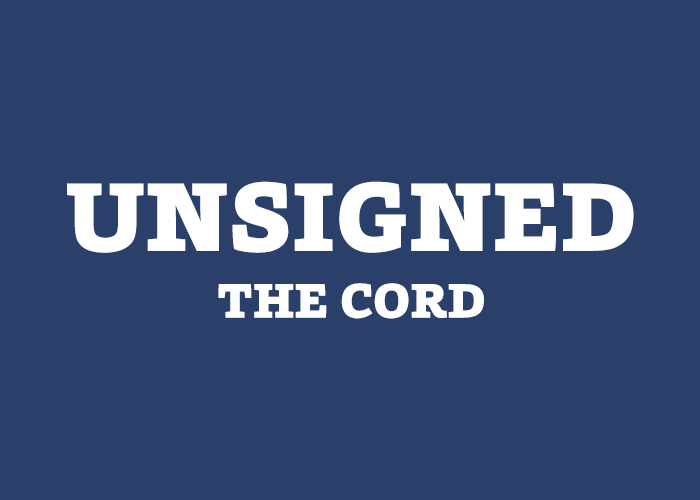Evaluating “attractiveness” in the hiring process

Beyond the smiles, the hair, the fashion and our natural appearances, let us hope that our future employers are wise enough to consider what really matters.
A recent Wilfrid Laurier University study published by Bradley Ruffle of the Lazardis School of Business and Economics indicated that attractive women are experiencing a bias in comparison to their “plain” looking counterparts in the job search.
The study evaluates the role of attractiveness within the hiring process and concludes that there are serious biases within the competitive battlefield of professional corporations, beginning with a resume and concluding with the hiring committee.
Firstly, we commend this study and appreciate its importance, especially as students begin to find work in the “real world.” We realize there is a necessary level of judgment each employer will carry when considering potential employees. The selection process can be as daunting as it is deliberate, but the best person for a job should get it, with no extraneous factors — such as ageism, sexism or racism — jumping in the way of employment.
There is a certain level of presentation skills required to make a positive impression during interviews. Things like dressing professionally, a firm handshake and a basic ability to communicate all may seem essential necessities for nailing an interview and showing what you can bring to the table. But the assessment of presentation takes a wrong turn when more than your interview skills and resume credentials are being evaluated.
According to the study, “good-looking” men received more job offers and interview invitations than males with similar experience who are considered “average-looking.” Also, “good-looking” women proved less likely to receive job offers than “average-looking” females.
These results are undoubtedly problematic.There is no escaping the prejudices of job recruitment — resumes will be submitted and interviews will be held. Employers will choose who they see most fit for job opportunities through whatever assessment they find necessary. Students will fall suspects to this bias-based system.
Beyond the smiles, the hair, the fashion and our natural appearances, let us hope that our future employers are wise enough to consider what really matters.


